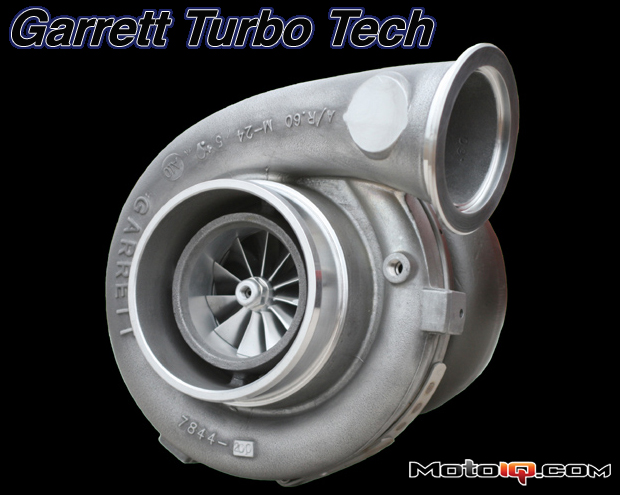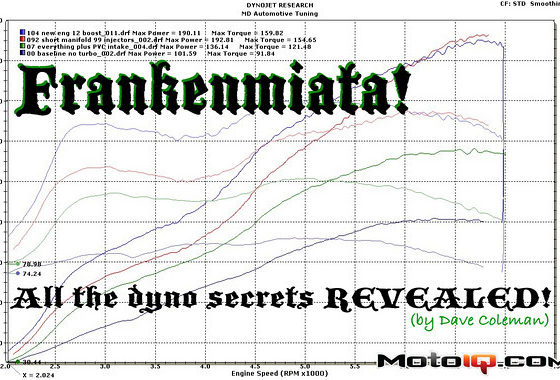,
 |
| The GTX Series turbos feature ported shroud compressor housings, ported shrouds give a wider surge margin, this means that the compressor map is offset to the right. The additional surge margin makes the turbo much less likely to surge when lugging the engine as when boosting in higher gears at lower rpm. |
The Garrett GTX compressor wheel is definitely not just another billet wheel. The design of the GTX wheel was determined based on the needs of high pressure ratio capability and increased flow for today’s modern performance engines. Gone are the days of the 1990’s gasoline turbo engines only pushing 7-10 psi such as the venerable SR20DET. Nowadays, cars are pushing 15-20 psi straight off the showroom floor such as in the case of the Evo X, with the performance aftermarket routinely pushing 30+ psi. The push is for more boost and more power, meaning more flow is required from the modern compressor wheel. More boost, more power; the new aerodynamics of the GTX wheel does both! With many track cars pushing turbos to the extreme, reliability is also very important. Before getting more into the new GTX wheel, we need to cover some basics on compressor wheel design.
Designing a compressor wheel is far more complex than simply picking a number of blades and inducer and exducer diameters. Beyond just performance, the strength of the wheel is critical to its reliability. To throw one more wrench into the mix, just because something can be designed does not mean that it can be made; so the geometry of the wheel has to be such that it can be manufactured. We’re going to take a small glance into the requirements for designing a compressor wheel.
 |
| Surge is caused when the output of the compressor exceeds the engine's swallowing capacity causing boost pressure to build up after the compressor. When the pressure exceeds the force created by the centrifugal momentum of the charge air inside the housing, it can momentarily back flow in an oscillating manor causing the chirping surging sound and a stumble you can feel. Surge places a lot of stress on the turbo and will destroy it, surge can damage compressor blades and is really hard on the turbo's thrust bearings. In a ported shroud, as the compressor approaches surge, the air can recirculate around the compressor through a slot just past the compressor's inducer. This moves the compressor map to the right, giving more surge margin. The only drawback to a ported shroud housing is that it can reduce compressor peak efficiency by around two points. |
Garrett (turbobygarrett.com)/Honeywell Turbo Technologies (honeywellbooster.com & honeywell.com/turbo), being the largest turbo supplier in the world, is continually developing new compressor wheel designs to meet the requirements of the latest engines. To do so, Garrett employs a small army of PhDs in its multiple engineering centers in the US and across the world to develop the latest aerodynamics.
Performance targets include choke flow (maximum flow rate), pressure ratio capability, efficiency, and map width. Of course, everybody wants the most of everything, but compromises have to be made and that is where the design of the blade geometry comes into play. As Garrett by Honeywell supplies turbochargers for everything from the gasoline 1.4L Fiat 500 to 20,000+ hp diesel engines, Garrett has a multitude of wheel designs to cover a range of operating parameters with new wheel designs constantly in development. As an example, a diesel truck such as the new Ford F250/350 Powerstroke with a Garrett Dual Boost turbo requires very high pressure ratio and a wide map width to handle towing duties and operate at higher altitudes in the mountains. A diesel engine used for power generation typically operates at a near constant operating point, so maximum efficiency is required at that point and map width is not a requirement.
 |
| You can see the slot here just past the blade tips inside the housing. |



